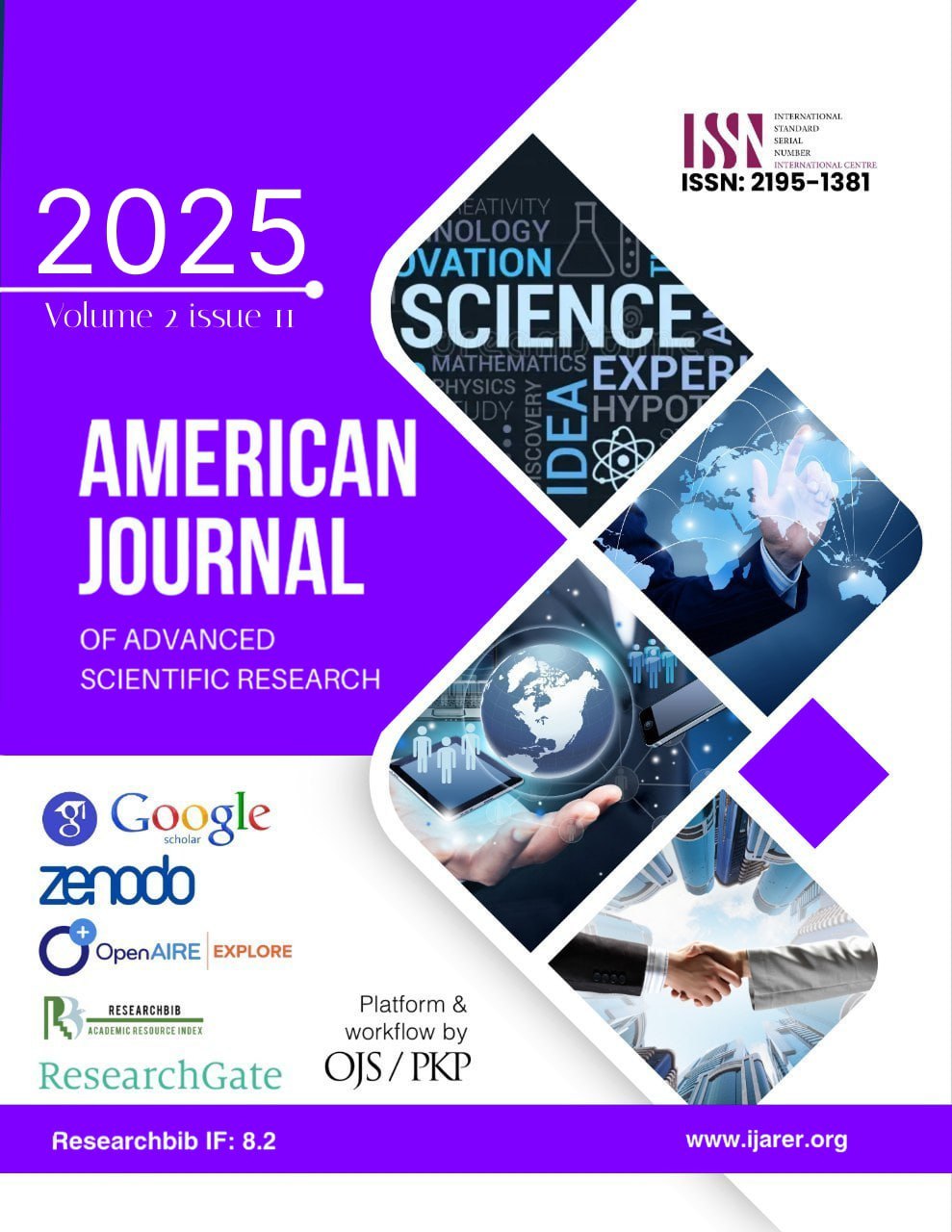THE TRANSLATION OF DIRECT AND INDIRECT SPEECH
Keywords:
direct speech, indirect speech, translation, reported speech, linguistic transformation, grammatical shifts, pragmatic context, cultural adaptation, machine translation, dynamic equivalence.Abstract
This article examines the complexities of translating direct and indirect speech, focusing on the linguistic, grammatical, and contextual challenges involved. The study explores how verb tense shifts, pronoun modifications, and time expression changes affect translation accuracy. It also highlights the role of cultural and pragmatic factors in preserving the intended meaning of reported speech. Through a comparative linguistic analysis and a review of relevant literature, the research identifies key strategies such as modulation and transposition that help maintain clarity in translation. Additionally, the study discusses the limitations of machine translation in handling contextual nuances and emphasizes the importance of human expertise. The findings suggest that a dynamic and context-sensitive approach is essential for achieving accurate and effective translation of reported speech. This research contributes to the broader understanding of translation studies and offers insights into improving speech translation methodologies.

